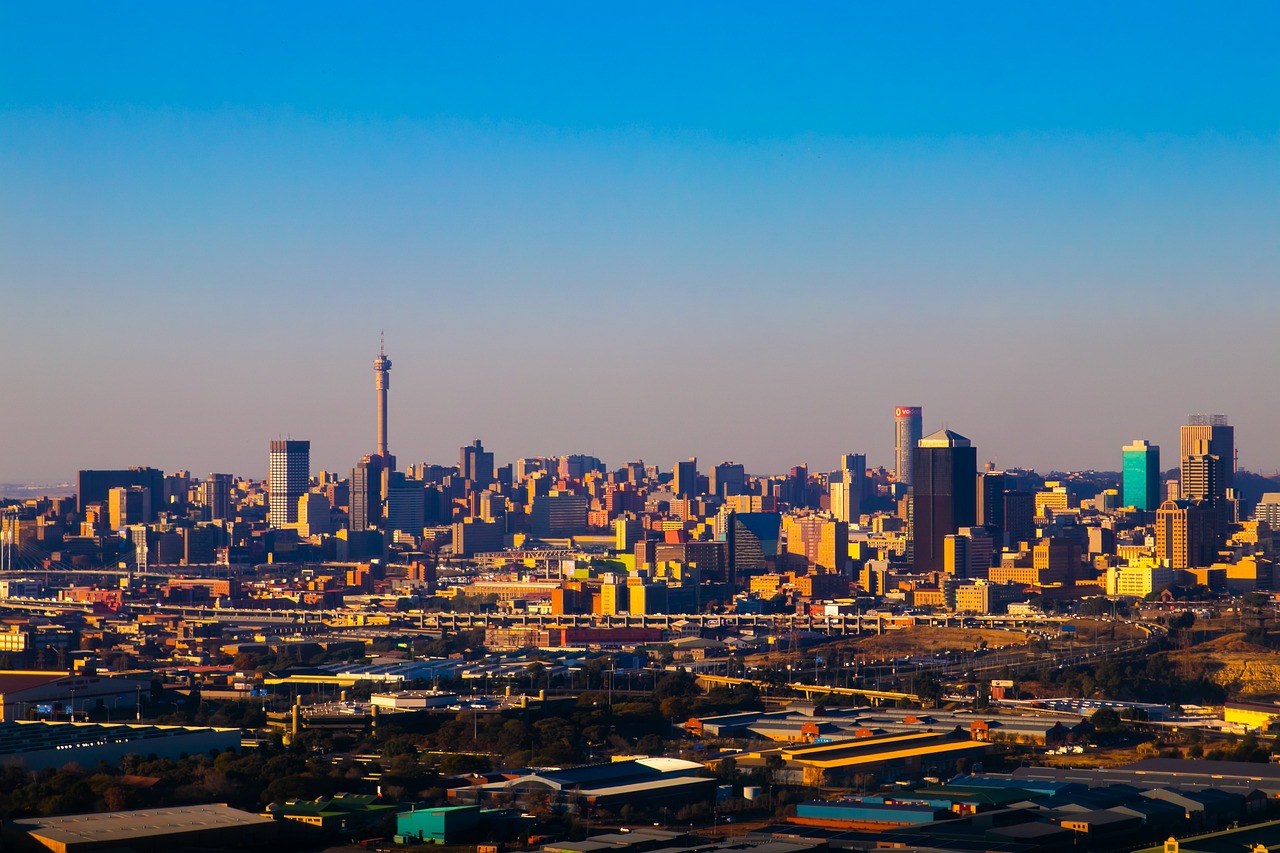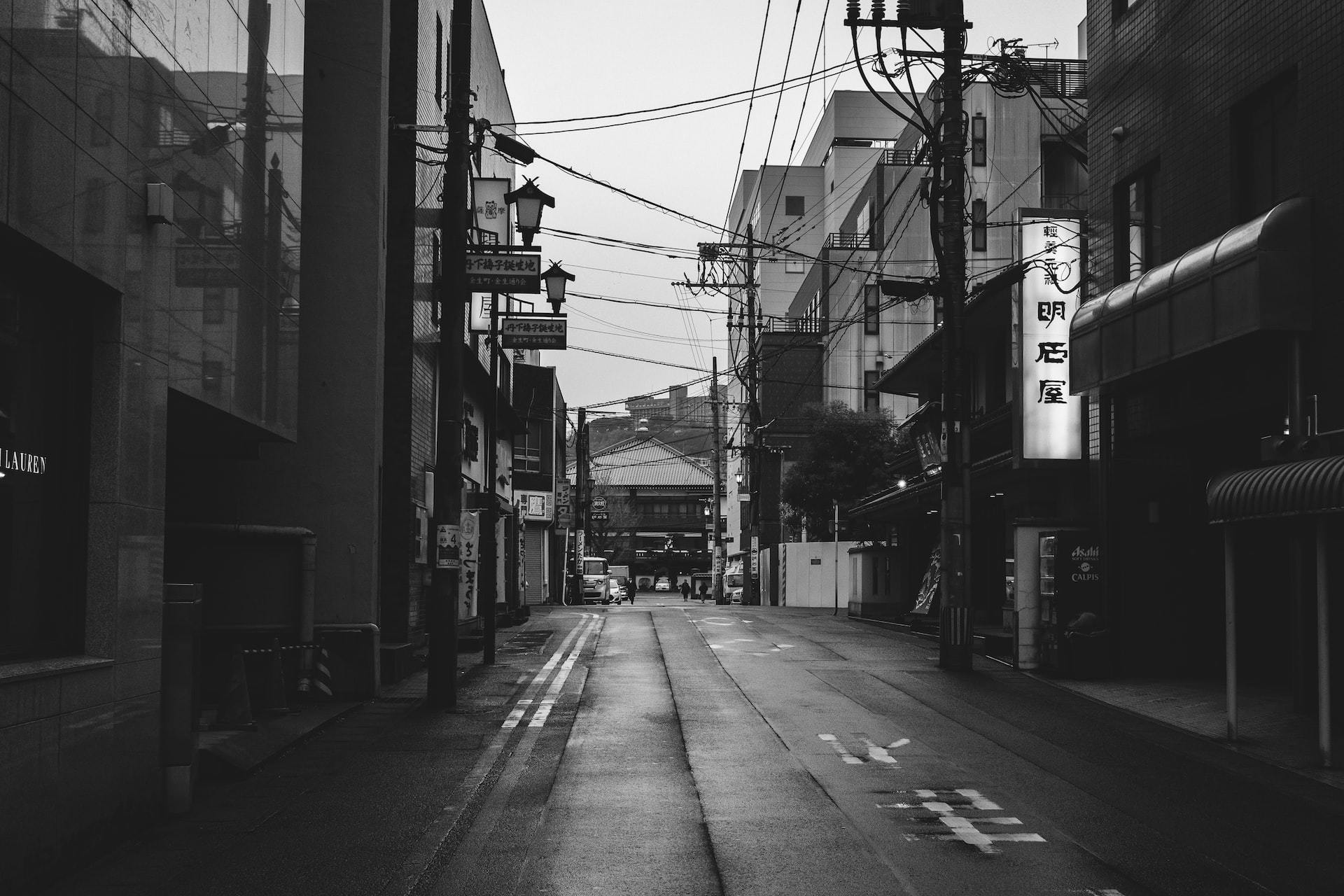Johor Bahru weather is an interesting topic as the city, located in the southernmost state of Peninsular Malaysia, experiences tropical weather throughout the year. The city’s proximity to the equator results in high temperatures and humidity, with a distinct wet and dry season. The wet season, also known as the monsoon season, typically runs from November to February, while the dry season is from March to October.
Johor Bahru’s weather is heavily influenced by the Northeast Monsoon, which brings cool winds and heavy rainfall to the region. The city experiences an average of about 2,000 millimeters of rainfall per year, with the heaviest rainfall occurring during the months of December and January. This heavy rainfall can result in occasional flash floods, especially in low-lying areas.
Despite the heavy rainfall, Johor Bahru is still a popular tourist destination due to its proximity to Singapore and its diverse culture. The city is known for its vibrant street markets, delicious food, and historical landmarks. Visitors can also enjoy outdoor activities such as hiking and water sports, as long as they plan their trip during the dry season.
During the dry season, Johor Bahru’s temperatures remain high, with an average high of around 32°C (90°F) and an average low of around 24°C (75°F). The humidity also remains high, making it important for visitors to stay hydrated and to take appropriate measures to protect themselves from the sun.
| Month | Low (°C) | High (°C) | Low (°F) | High (°F) | Rain (%) |
|---|---|---|---|---|---|
| January | 24 | 32 | 75 | 90 | 80 |
| February | 24 | 32 | 75 | 90 | 70 |
| March | 24 | 32 | 75 | 90 | 50 |
| April | 24 | 32 | 75 | 90 | 40 |
| May | 24 | 32 | 75 | 90 | 30 |
| June | 24 | 32 | 75 | 90 | 20 |
| July | 24 | 32 | 75 | 90 | 10 |
| August | 24 | 32 | 75 | 90 | 10 |
| September | 24 | 32 | 75 | 90 | 20 |
| October | 24 | 32 | 7590 | 30 | |
| November | 24 | 32 | 75 | 90 | 40 |
| December | 24 | 32 | 75 | 90 | 70 |
When it comes to determining the best time to visit Johor Bahru, it ultimately depends on personal preferences and what one is looking to get out of their trip. If you’re looking to avoid the heavy rainfall and enjoy outdoor activities, the dry season from March to October would be the best time to visit. During this period, the weather is typically sunny and dry, making it ideal for exploring the city’s many attractions and taking part in activities such as hiking and water sports.
On the other hand, if you’re looking to experience the monsoon season and enjoy Johor Bahru’s vibrant culture, the wet season from November to February may be a better time to visit. During this period, the city comes alive with colorful festivals and street markets, and the heavy rainfall creates a unique atmosphere that can be quite enjoyable.
Another factor to consider when planning a trip to Johor Bahru is the crowds. The city is a popular tourist destination, and the dry season tends to be the busiest time of the year. If you’re looking to avoid the crowds and enjoy a more relaxed atmosphere, the wet season may be a better option.
In terms of temperature, there isn’t much variation throughout the year, with temperatures remaining high throughout the year. However, it is worth noting that the humidity is generally higher during the wet season, making it more important to stay hydrated and take appropriate measures to protect yourself from the sun.
In summary, the best time to visit Johor Bahru depends on what you are looking to get out of your trip. If you’re looking to avoid the heavy rainfall and enjoy outdoor activities, the dry season from March to October is the best time to visit. On the other hand, if you’re looking to experience the monsoon season and enjoy Johor Bahru’s vibrant culture, the wet season from November to February may be a better option. Ultimately, it’s important to consider factors such as crowds, temperature, and personal preferences when planning a trip to Johor Bahru.



